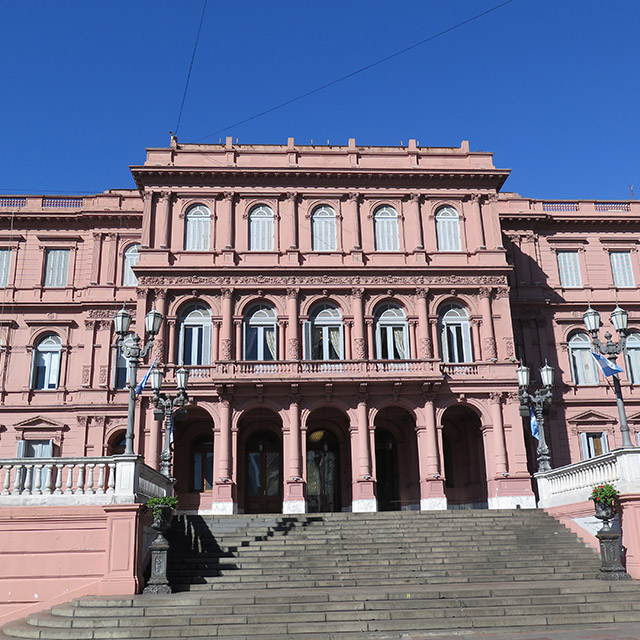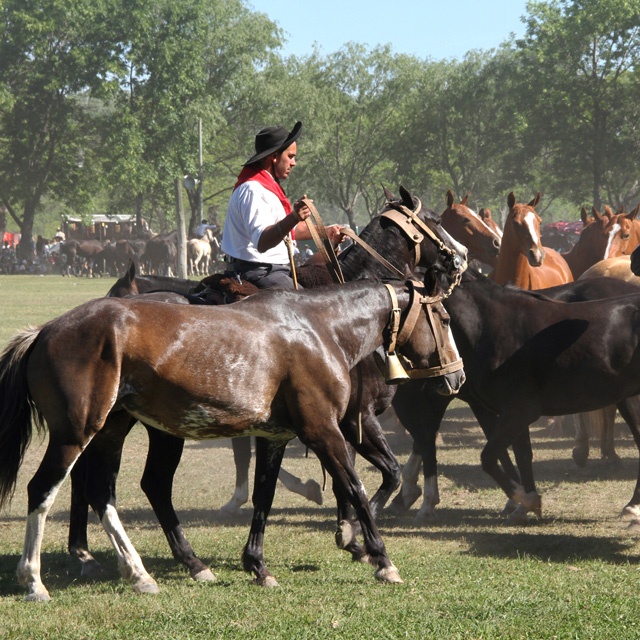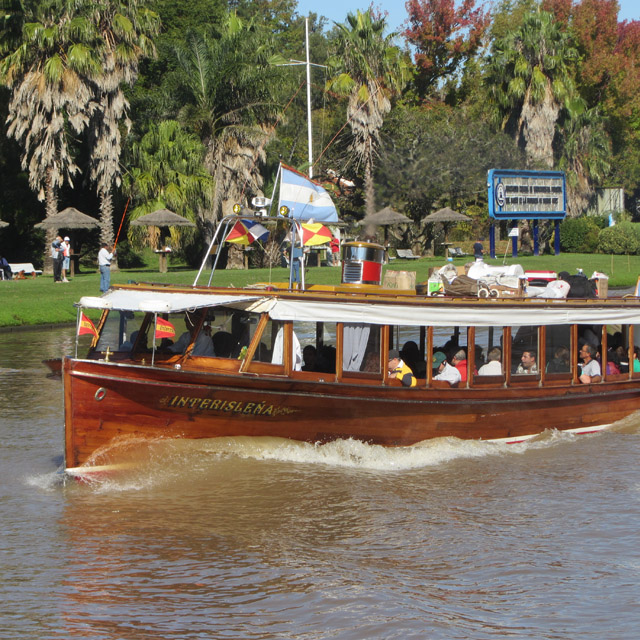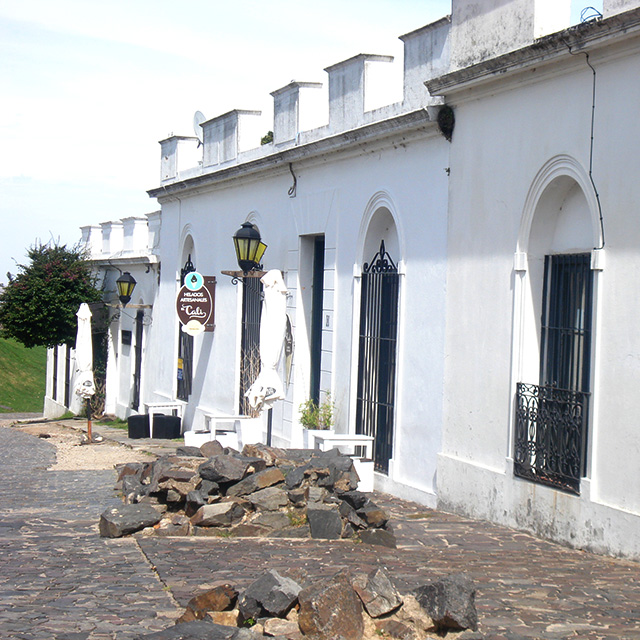Before entering the Río de la Plata estuary, the mighty Paraná River forms a network of meandering streams, rivers, islands, swamps, marshlands and last patches of remaining subtropical forests, home to an abundant wildlife.
Only one hour from Buenos Aires the so called Tigre Delta is home for a steady population of islanders. Floating supermarkets, gas stations, hospital ships and school boats roam the rivers and streams, since it is the only means of transportation.
This is also the favorite weekend retreat for the people of Buenos Aires trying to escape the hectic rhythm of the city. Some excellent Delta Lodges receive guests to relax in these quiet natural surroundings, offering countless possibilities for all kind of water sports, recreation as well as gourmet spa and wellness activities.




